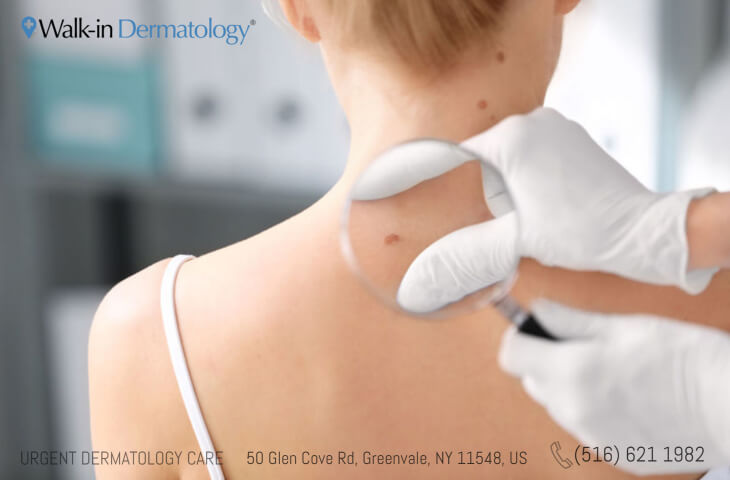Navigating Skin Cancer Cells Treatment: The Vital Role of Mohs in Modern Dermatology Practices
Skin cancer cells, a difficult diagnosis, frequently leaves people grappling with numerous treatment alternatives. As we explore the complexities of this treatment, one will certainly appreciate its critical function in skin cancer cells therapy.
Understanding Skin Cancer: Kinds and Threats
There are three major kinds of skin cancer cells: Basal cell carcinoma, Squamous cell cancer, and Cancer malignancy. It accounts for only about 1% of skin cancer cells instances however triggers the vast bulk of skin cancer cells deaths. Risk variables consist of fair skin, history of sunburn, too much sun exposure, living at high elevations or close to the equator, having numerous moles, a family background of skin cancer, and weakened immune system.
What Is Mohs Surgery and How It's Changing Skin Cancer Treatment
Regardless of the various therapies currently offered for skin cancer cells, Mohs surgical treatment stands out as a groundbreaking and extremely effective service. Called after Frederic E. Mohs, the physician that created the procedure, Mohs surgical procedure is an accurate medical strategy used to deal with skin cancer cells. During the procedure, slim layers of cancer-containing skin are considerably eliminated and checked out up until just cancer-free tissue remains. This approach allows the specialist to verify that all cancer cells have actually been removed at the time of surgical procedure. This level of accuracy, combined with the capacity to save as much healthy and balanced cells as feasible, is transforming skin cancer therapy. Because of this, Mohs surgical procedure has actually come to be a foundation of modern dermatology techniques.
The Advantages of Mohs Surgery Over Traditional Skin Cancer Cells Therapies
Structure on the cutting-edge nature of Mohs surgical treatment, it's essential to consider its numerous benefits over standard skin cancer treatments. Unlike standard treatments, Mohs supplies a greater cure price, usually getting to 99% for novice treatments go to website and 94% for recurrent cancers cells. This precision is due to its one-of-a-kind technique of gradually removing and checking out cells layers until just cancer-free cells stay (hair loss). Additionally, it lessens damage to healthy and balanced skin, resulting in much less scarring and enhanced cosmetic results. Mohs also gives instant outcomes, getting rid of the anxiety-ridden wait usual with other approaches. Lastly, it's cost-efficient, as the surgical treatment and tiny evaluation happen concurrently, removing the requirement for added lab solutions. Thus, Mohs represents a substantial advancement in dermatological techniques.
The Treatment of Mohs Surgery: What to Anticipate During the Process

Potential Negative Effects and Post-Operative Care of Mohs Surgical Treatment
Undergoing Mohs surgical treatment, like any kind of other surgery, includes possible negative effects that clients need to be aware of. Typical negative effects consist of discomfort, bruising, and swelling at the surgical treatment site. Nevertheless, these are generally short-term and workable with non-prescription pain medication and ice bag. In unusual situations, people might experience infection, blood loss, or an allergy to the anesthetic. Post-operative care is vital to recovery and reducing adverse effects. This normally involves keeping the wound clean and dry, taking proposed medicines, and preventing arduous activities. Clients ought to likewise go to all follow-up visits for injury treatment and surveillance. In many cases, added therapies may be necessary to make sure full removal of the malignant cells. Following these post-operative treatment standards can significantly boost recovery and end results.
Final thought
